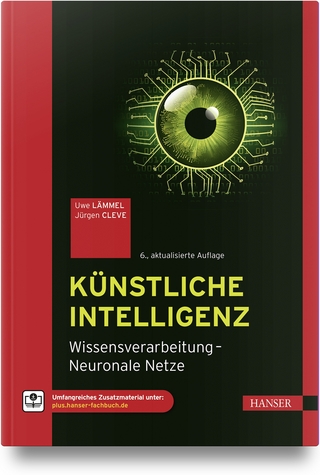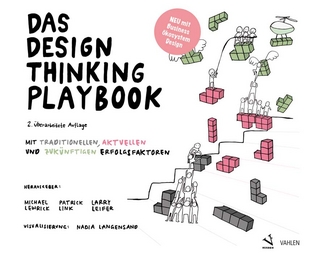
Human Attention in Digital Environments
Cambridge University Press (Verlag)
978-0-521-76565-7 (ISBN)
Digital systems, such as phones, computers and PDAs, place continuous demands on our cognitive and perceptual systems. They offer information and interaction opportunities well above our processing abilities, and often interrupt our activity. Appropriate allocation of attention is one of the key factors determining the success of creative activities, learning, collaboration, and many other human pursuits. This book presents research related to human attention in digital environments. Original contributions by leading researchers cover the conceptual framework of research aimed at modelling and supporting human attentional processes, the theoretical and software tools currently available, and various application areas. The authors explore the idea that attention has a key role to play in the design of future technology and discuss how such technology may continue supporting human activity in environments where multiple devices compete for people's limited cognitive resources.
Claudia Roda is Professor of Computer Science and Global Communication and Director of the Division of Arts and Sciences at the American University of Paris.
1. Introduction Claudia Roda; Part I. Concepts: 2. Human attention and its implications for HCI Claudia Roda; 3. The management of visual attention in graphic displays Ronald A. Rensink; 4. Cognitive load theory, attentional processes and optimized learning outcomes in a digital environment Renae Low, Putai Jin and John Sweller; 5. Salience sensitive control, temporal attention and stimulus-rich reactive interfaces Howard Bowman, Li Su, Brad Wyble and Phil J. Barnard; Part II. Theoretical and Software Tools: 6. Attention-aware intelligent embodied agents Benoit Morel and Laurent Ach; 7. Tracking of visual attention and adaptive applications Kari-Jouko Räihä, Aulikki Hyrskykari and Päivi Majaranta; 8. Contextualised attention metadata Hans-Christian Schmitz, Martin Wolpers, Uwe Kirschenmann and Katja Niemann; 9. Modelling attention within a complete cognitive architecture Georgi Stojanov and Andrea Kulakov; Part III. Applications: 10. A display with two depth layers: attentional segregation and declutter Frank Kooi; 11. Attention management for self-regulated learning: AtGentSchool Inge Molenaar, Carla van Boxtel, Peter Sleegers and Claudia Roda; 12. Managing attention in the social web: the AtGentNet approach Thierry Nabeth and Nicolas Maisonneuve.
| Erscheint lt. Verlag | 3.2.2011 |
|---|---|
| Zusatzinfo | 7 Tables, black and white; 32 Plates, color; 3 Halftones, unspecified; 37 Line drawings, unspecified |
| Verlagsort | Cambridge |
| Sprache | englisch |
| Maße | 159 x 234 mm |
| Gewicht | 700 g |
| Themenwelt | Geisteswissenschaften ► Psychologie ► Allgemeine Psychologie |
| Geisteswissenschaften ► Psychologie ► Verhaltenstherapie | |
| Informatik ► Software Entwicklung ► User Interfaces (HCI) | |
| Mathematik / Informatik ► Informatik ► Theorie / Studium | |
| ISBN-10 | 0-521-76565-X / 052176565X |
| ISBN-13 | 978-0-521-76565-7 / 9780521765657 |
| Zustand | Neuware |
| Informationen gemäß Produktsicherheitsverordnung (GPSR) | |
| Haben Sie eine Frage zum Produkt? |
aus dem Bereich


